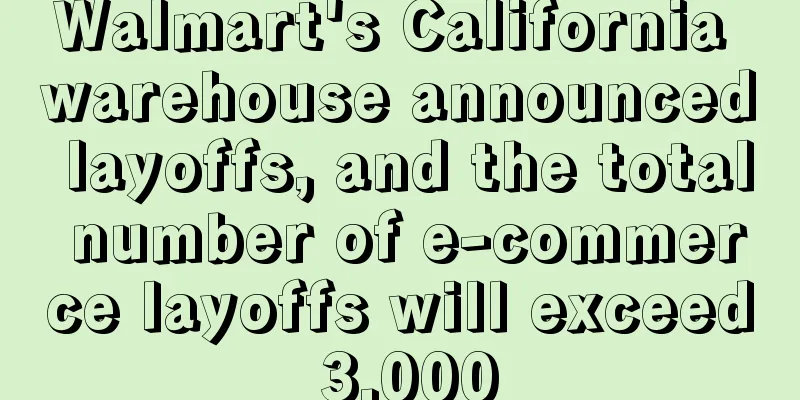Facebook attracts Generation Z in the U.S., while TikTok welcomes growth in U.S. baby boomers

|
According to the latest eMarketer US consumer report, Facebook is regaining the favor of Generation Z users, while TikTok's appeal among baby boomers is gradually increasing. These changes show that although both platforms have a solid core user base, they are also welcoming new users. Facebook's Generation Z Growth Although the number of Facebook users as a whole has declined, the number of Generation Z users has unexpectedly increased. It is expected that by 2028, the proportion of Generation Z users in the United States will increase from 49.0% (33.9 million) in 2024 to 56.9% (40.5 million). A series of key driving factors are reflected in the following aspects : ①Platform practicality: event planning, niche groups and markets attract young users. ② Transformation of user groups: About 36% of Generation Z are still under the age of 18, and many of them are just entering the field of social media. ③ Strong e-commerce potential: Last year, 75.0% of Generation Z Facebook users (15-26 years old) shopped on Marketplace. However, Gen Z still lags behind Gen X and Millennials in terms of the number of users and time spent on Facebook. In addition, users under 55 are also spending less time on Facebook. For Facebook marketers, the growing Gen Z user base presents new opportunities, especially in the e-commerce aspect of Marketplace. However, users are spending less and less time on the platform, which means that brand posts need to be more attractive and targeted. TikTok 's growing appeal to baby boomers Meanwhile, TikTok is saturating its Gen Z market but seeing growth among baby boomers, with forecasts showing U.S. baby boomer users will increase 10.5% by next year, from 8.7 million to 9.7 million. While baby boomers are the fastest-growing demographic group, TikTok usage is rising steadily across generations, indicating the platform’s broad appeal. TikTok’s growth among baby boomers opens up new avenues for brands targeting an aging population, but marketers should be mindful of the platform’s largely younger user base. Future challenges and strategic implications for brands As platforms and users continue to change, brands must adapt or risk being overtaken by competitors, which also presents new challenges and strategic implications for brand marketers: ① Audit strategy: Check the attractiveness of post content across age groups and platforms. ② Diversification: While maintaining brand characteristics, collect statistics and develop multi-faceted marketing strategies for different populations. ③ Group analysis: Track participation by age group and adjust strategies. ④Test and optimize: Experiment with the content and style of each platform. ⑤Stay up to date: Pay attention to platform updates and population trends to stay updated. Stay flexible and update your strategy as user demographics and preferences change. Brands that can span generations and respect the norms of specific platforms are most likely to achieve the greatest success in this ever-changing environment. Author✎ Summer/ |
<<: Amazon's baby swings are recalled by the CPSC for violating multiple safety regulations
>>: Walmart holds 37% of U.S. online grocery market share in Q2, a record high
Recommend
What is 9F Logistics? 9F Logistics Review
Shenzhen Jiufang Tongxun E-commerce Logistics Co.,...
Share some tips on CPC certification for toys
Toys have always been a popular category on Amazo...
What is Domee? Domee Review
Guangzhou Domee Management Consulting Co., Ltd. (D...
Best Buy's Q3 revenue fell 7.8%, and it lowered its full-year performance guidance
It is learned that recently, Best Buy, the US cons...
What is Youdao Ads? Youdao Ads Review
Youdao Ads is a professional brand overseas servic...
No chance of Black Friday! US site BS sellers suffered a massive attack, and a large number of links cannot be sold!
▶ Video account attention cross-border navigation ...
Target reaches new agreement with resale platform ThredUp! Enter the second-hand e-commerce market again
It is learned that on April 8, Target reached a ne...
How do Amazon sellers create their own logo? You need some skills and tools
Many sellers initially think that selling product...
How to delete negative feedback on Amazon? These 3 tips will help you avoid negative feedback
For sellers who want to make their products or se...
Listing Optimization 12- A+ Page
<span data-shimo-docs="[[20,"一、什么是A+页面&quo...
Shopify Q1 revenue growth exceeded expectations, will lay off 20% of employees and sell logistics department
According to foreign media reports, Canadian e-com...
What is Amz Chief? Amz Chief Review
Amz Chief is a ranking tool that helps sellers imp...
What is BizRate.com? BizRate.com Review
BizRate.com is the largest, fastest and most accur...
If you don’t understand these rules before selecting products, your account will be in danger!
At the beginning of the new year, many Amazon sell...
Wedding dress sales are booming during the US wedding season! These keywords are gaining popularity
As the COVID-19 pandemic gradually subsides, Ameri...









